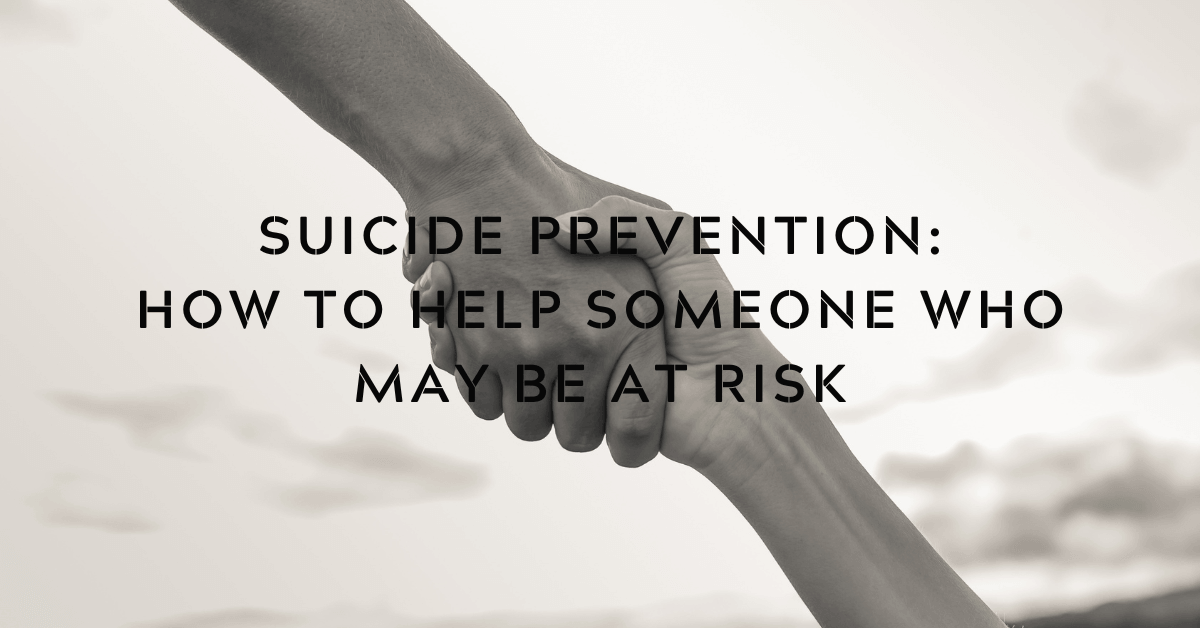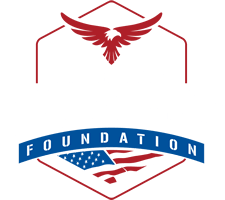If you or someone you love is in danger now, dial 911 or visit https://suicidepreventionlifeline.org/ or, for veterans, https://www.veteranscrisisline.net/.
Despite the frequency in which we hear about suicide, especially in the veteran community, suicide is not a normal response to mental health issues. It is a serious problem, but there’s good news: it can be treated, there is hope, and you may be able to help save a life.
According to the World Health Organization, suicide risk factors include mental health disorders, (especially depression and alcohol use disorder), having experienced conflict, disaster, violence, abuse or loss, a previous suicide attempt, and a sense of isolation. This describes a large portion of the population, so it’s a good idea to have a plan in place in the event that someone you care about may be at risk.
The Education Corps of the VA Center of Excellence for Suicide Prevention has developed an acronym to help you identify and help a veteran at risk: S.A.V.E. The steps are designed to prevent a crisis before it occurs.
S IS FOR SIGNS
Someone who is thinking about suicide will usually show signs in the things they say and do. They often show indications of serious distress or talk specifically about death. The signs may be subtle, so it’s important to know what to look for.
Also, it’s important to note that it is not safe to assume that someone who is talking about suicide is only looking for attention. It’s also important to know that suicidal thoughts can come on suddenly and, when they do, logic goes out the window. Even if the person has been making future plans or has a loving family, always take these suicide warning signs seriously!
The American Association of Suicidology has created another acronym that can help us remember the warning signs for suicide: IS PATH WARM
I – Increased ideation: Threatening to or talking about hurting or killing themselves, looking for ways to kill themselves (seeking access to firearms, pills, etc.), talking or writing about death when that is out of the ordinary for them.
S – Substance Abuse Disorder: Increased alcohol or drug use
P – Purposelessness: Feeling like they have no purpose. Talking about being a burden to others.
A – Anxiety: Agitation, inability to sleep, sleeping all of the time
T – Trapped: Feeling like there’s no way out, talking about unbearable pain
H – Hopelessness: Talking about feeling hopeless, saying life is pointless
W – Withdrawal: Withdrawing or isolating from friends, family, and society
A – Anger: Uncontrolled anger, rage, seeking revenge
R – Recklessness: Engaging in reckless, self-destructive or risk-taking behavior, especially including alcohol, drugs, or weapons.
M – Mood Changes
In addition to these signs, giving away possessions or seeking long-term care for pets is another warning to watch for.
A IS FOR ASK
If you observe any of the warning signs above, it’s time to have a conversation with the person who is at risk. You need to come right out and ask them, “Are you planning on killing yourself?.” The best way to do this is to try to act natural and ask as if it’s a normal thing to talk about. Your goal is to reduce stigma and help the person feel comfortable providing an honest response.
V IS FOR VALIDATE
Make the other person feel supported and understood. Acknowledge their pain and do not judge them or argue with them. Stay calm, use comforting body language, and listen more than you speak. When you do speak, be encouraging, supportive and genuine.
If at any time during your conversation you need help with how to proceed, you can call or chat online with someone at the Suicide Prevention Hotline or the Veterans Crisis Line. You can also text the Veterans Crisis Line at 838255.
E IS FOR ENCOURAGE & EXPEDITE TREATMENT
If the person is in immediate danger, call 911 or visit https://suicidepreventionlifeline.org/ or, for veterans, https://www.veteranscrisisline.net/. Do not leave the person alone or hang up the phone until a professional arrives that can help.
If you need to call 911, tell the dispatcher that your loved one is having a mental health crisis and share as much information with them as you can. Ask them to send a CIT (Crisis Intervention Team) officer if they have one. These officers are trained to respond safely and appropriately to a psychiatric crisis.
If you are not with the at-risk individual, keep them talking on the line until a professional arrives to help them. Also, see if you can find someone that is nearby to go and be with them.
Remember, do not attempt to negotiate with someone who has a firearm. Get to safety and call 911.
If the person is feeling depressed, anxious, hopeless, or as if life has no purpose, but is not in immediate danger, look for resources together, and make a plan for starting treatment. We hope that the list below will get you started.
RESOURCES
https://suicidepreventionlifeline.org/
Find a local therapist on Pscyhologytoday.com
ADDITIONAL VETERAN-SPECIFIC RESOURCES
https://www.veteranscrisisline.net/
Find your local VA Suicide Prevention Coordinator and other local resources
Wounded Warrior Project Mental Wellness Programs for post-9/11 veterans
No-cost mental health counseling through Give an Hour
Free and confidential treatment through Headstrong for post-9/11 combat veterans
Hope for the Warriors Health & Wellness Services for post-9/11 veterans
WHERE TO LEARN MORE
Take the PscyhArmor Suicide Prevention Training (20 minute online course)
Download Veterans Crisis Line Wallet Cards
Download VA’s “Talking To a Veteran in Crisis” handout
Sources:
reportingonsuicide.org
World Health Organization
psycharmor.org
VA Center of Excellence for Suicide Prevention
American Association of Suicidology
National Alliance on Mental Illness
PLEASE NOTE, OPERATION RED WINGS FOUNDATION DOES NOT HAVE A CRISIS RESPONSE TEAM AND OUR COMMUNICATIONS ARE NOT MONITORED 24/7. IF YOU OR SOMEONE YOU LOVE IS IN CRISIS, PLEASE VISIT: https://suicidepreventionlifeline.org/ OR, FOR VETERANS: https://www.veteranscrisisline.net/
Operation Red Wings Foundation’s Post-traumatic Growth Program leads veterans & their families on a path to healing from combat trauma.






